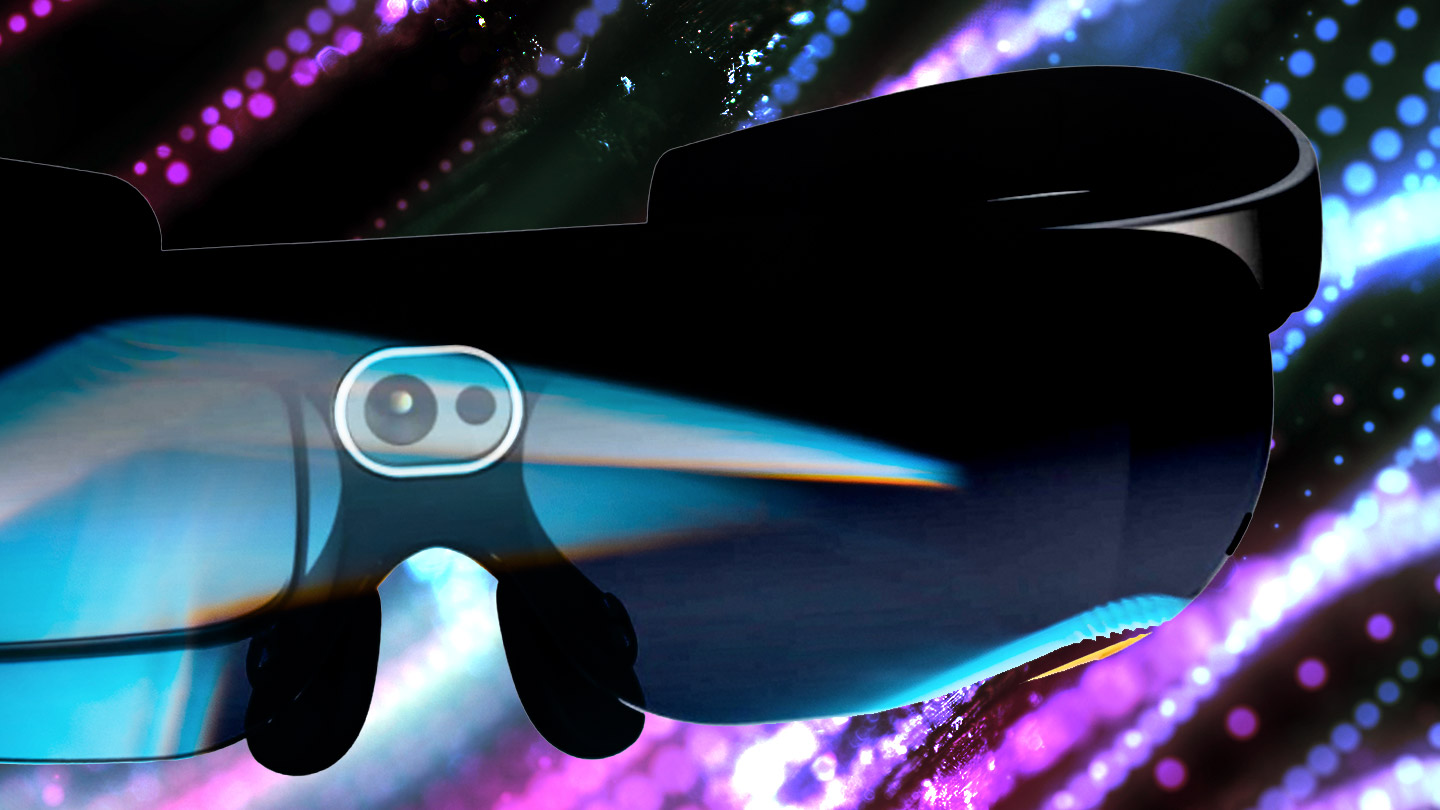A round-up of the latest in VR, AR and MR
Getting lost in exciting immersive worlds has always been a compelling lure of virtual reality (VR). And, with the current state of the world, the ability to be transported anywhere other than Earth is welcomed with open arms and a marching band.
But, with the continuous advancements happening in the world of VR, it can be hard to know what VR tech is worth your while—especially with the large price tag that often comes with it. Below, we dive into some of the latest VR developments and explore the cool tech that’s heading our way in the future.
Suit up with haptic tech
Gaming and VR have always been a match made in heaven, with VR tech improving gameplay and feeding our appetite for full immersion.
Yet, VR does come with some limitations, especially when used in the comfort of your own home.
Lack of spatial awareness when wearing a VR headset is one of the major restrictions it poses. While it might be funny to watch a family member walk into the living room wall repeatedly, it takes away from the immersive experience of VR.
One of the recent advancements to help tackle this problem is VR treadmills. Devices such as KAT walk promise gamers complete freedom of movement in VR worlds, so they can walk infinitely on the spot without running out of space.
This simple and modern solution could massively improve gamers’ experiences and further immerse them into the game. What’s more, it also poses significant health benefits, as gaming often involves sitting down and staring at a screen for hours—sometimes days—on end, but these treadmills encourage people to move and allow them to exercise without even noticing.
Alongside this, another piece of tech leading the race for immersion is haptic technology which aims to simulate physical sensations in VR.
Believe it or not, haptic technology is not a new thing. It’s the vibration feedback we get when we touch our phone screens or the vibration of a controller when we’re shot in a video game.
In the bigger VR picture, this means when users reach out to move an object in a game, the haptic tech will respond to their touch, rather than the user just pushing the air. This technology can range from a simple glove to a full-on haptic suit, with there being further research to create VR skin—a lightweight piece of tech which utilizes haptic technology but doesn’t require wearing a suit of armor to enter the VR world.
All these advancements in this field pave the way for more immersive experiences in VR.
AR Glasses are making a comeback
When AR glasses first hit the market they brought promise of being the next big thing in AR. Perhaps being overshadowed by its virtual counterpart, the VR headset, the glasses didn’t take off in quite the way that was expected.
But now, AR glasses are aiming to make a comeback.
Rokid is one of the companies spearheading this with its latest glasses model, Rokid Glass 2. Not only does it come equipped with exciting new features, like its AI object recognition, but Rokid has also been seen to be adapting with the times.
Due to the outbreak of Coivd-19, Rokid added the new temperature detection function, which can detect the temperatures of around 200 people in a minute. These detections are contactless, accurate, and are usable in different high-risk scenarios such as airports, schools, etc.
This is a great advancement for AR glasses and Rokid are set to pave the way for other AR glasses, including Apple. Set to release their own AR glasses in a much-anticipated release, it will be interesting to see how Apple can advance the AR glasses game even further.
Unfortunately, we’ll have to wait a few years before being able to test these out for ourselves with the release date currently slated for 2022.

Living underwater
While there are many underwater-themed VR experiences and games that are available on the market, none will truly give you the full immersive underwater experience for one reason—you’re not underwater.
This might be about to change.
Sundance 2020 saw the premiere of Spaced Out, a VR film about space. But this wasn’t any ordinary experience; the creators used water to simulate the feeling of space. Viewers would don a waterproof VR headset and then experience the film whilst in the water.
While this technique was used to emulate the feeling of weightlessness in space, this could be a breakthrough in new VR experiences. It brings something new and unique to the VR space, something that can be hard-pressed to do. This could mean a lot for future VR content. Who knows—maybe instead of VR arcades, we’ll be heading to VR swimming pools instead.
The future of VR
Virtual reality has come a long way since it first became popular in the early 2000s, with more exciting advancements happening all the time. It almost seems like there are no limits to what VR tech can achieve, with each new development taking us closer and closer to our goal of reaching full immersion.
Want to immerse yourself further into the world of virtual reality?


